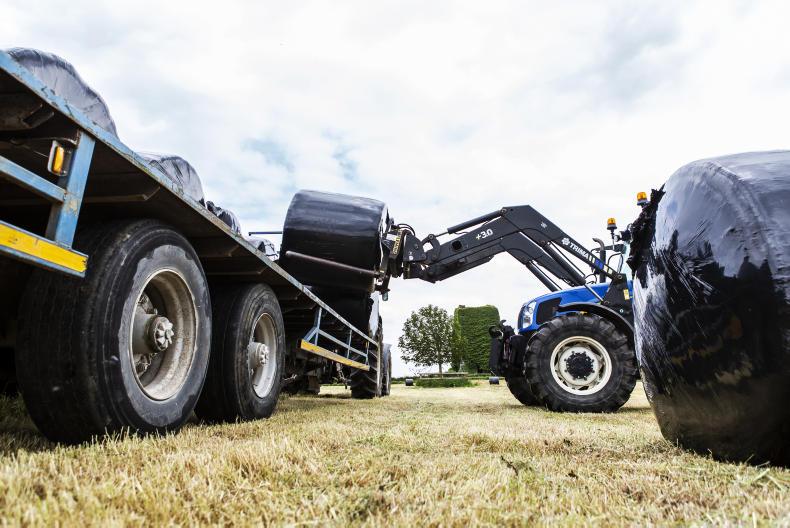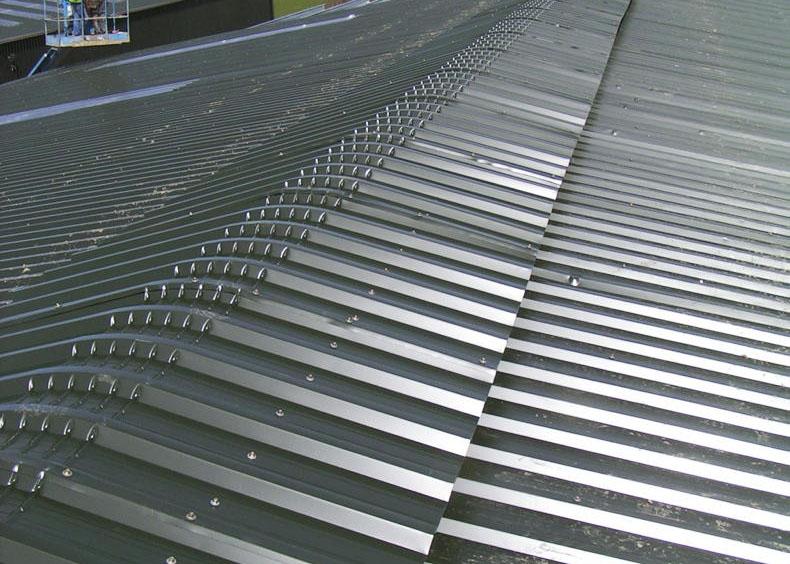Accounts: Farm accounts for 2018 are being put together by accountants now. Farmers have until the middle of November to pay their tax if using the online service. You have to pay the balance of 2017 tax and preliminary tax for 2019. Despite a difficult year in 2018, herd expansion and the running out of capital allowances mean more dairy farmers are going to be paying more income tax. The important thing is to get good advice when making important decisions around tax. The local accountant, who may have served the farm well for many years, may not be best placed to serve the farm in the future. As businesses evolve, so too does the support team they require, so make sure to get good advice as it’s a good investment. Incorporation is seen by some as the Mecca for tax problems, but it only suits certain situations. Remember, the company is a separate legal entity. To remove money from the company you need to either eat into the directors’ loan (when it’s gone it’s gone) or pay income tax on drawings. So while the company will only be paying 12.5% tax, the farmer who owns the company will be taxed like any other employee, at approximately 30% in the low rate or 52% at the high rate, depending on status and including USC and PRSI, etc.
Grass: Rain on Wednesday and more rain forecast for the weekend will help to drive on grass growth for the next few weeks. As reported on Grass+ pages 28-29, grass growth rates have declined sharply on some farms, as soil moisture deficits bite. Soil temperatures are more than 2°C higher than normal and air temperatures are set to remain high, pointing towards good conditions for growth where there was sufficient rain. A lot of grass got stressed over the last fortnight, pushing up seed heads. While unsightly, there is generally a good bit of leaf in the base of swards. If there are paddocks to be skipped next week, the lowest-quality paddocks and not necessarily those with the highest cover, should be skipped. Assess quality as well as yield on the farm walk. As first and second-cut silage was earlier than normal, some are considering closing up ground for a third cut. I think it’s worth considering. Grow the grass anyway, and decide whether to cut it or graze it when the time comes. If grass growth is good in the autumn then it can be cut, and if grass growth is poor in the autumn, it can be grazed in mid-September. Two thousand gallons/acre of typical cattle slurry is equivalent to one bag/acre of 0:7:30, so if slurry is available to be spread then use it. Remember, farmers in derogation must use a low-emission slurry spreading technique at this time of year. As for nitrogen, 50 to 60 units/acre is probably sufficient.
Farm safety: As it’s farm safety week, it’s as good a time as any to do a safety audit on the farm and get the safety statement updated. Most farms have some issues that need to be resolved. Don’t wait until it’s too late to get them fixed. It usually helps to get someone else to cast their eye over the farm, as fresh eyes will see hazards easier.
Accounts: Farm accounts for 2018 are being put together by accountants now. Farmers have until the middle of November to pay their tax if using the online service. You have to pay the balance of 2017 tax and preliminary tax for 2019. Despite a difficult year in 2018, herd expansion and the running out of capital allowances mean more dairy farmers are going to be paying more income tax. The important thing is to get good advice when making important decisions around tax. The local accountant, who may have served the farm well for many years, may not be best placed to serve the farm in the future. As businesses evolve, so too does the support team they require, so make sure to get good advice as it’s a good investment. Incorporation is seen by some as the Mecca for tax problems, but it only suits certain situations. Remember, the company is a separate legal entity. To remove money from the company you need to either eat into the directors’ loan (when it’s gone it’s gone) or pay income tax on drawings. So while the company will only be paying 12.5% tax, the farmer who owns the company will be taxed like any other employee, at approximately 30% in the low rate or 52% at the high rate, depending on status and including USC and PRSI, etc.
Grass: Rain on Wednesday and more rain forecast for the weekend will help to drive on grass growth for the next few weeks. As reported on Grass+ pages 28-29, grass growth rates have declined sharply on some farms, as soil moisture deficits bite. Soil temperatures are more than 2°C higher than normal and air temperatures are set to remain high, pointing towards good conditions for growth where there was sufficient rain. A lot of grass got stressed over the last fortnight, pushing up seed heads. While unsightly, there is generally a good bit of leaf in the base of swards. If there are paddocks to be skipped next week, the lowest-quality paddocks and not necessarily those with the highest cover, should be skipped. Assess quality as well as yield on the farm walk. As first and second-cut silage was earlier than normal, some are considering closing up ground for a third cut. I think it’s worth considering. Grow the grass anyway, and decide whether to cut it or graze it when the time comes. If grass growth is good in the autumn then it can be cut, and if grass growth is poor in the autumn, it can be grazed in mid-September. Two thousand gallons/acre of typical cattle slurry is equivalent to one bag/acre of 0:7:30, so if slurry is available to be spread then use it. Remember, farmers in derogation must use a low-emission slurry spreading technique at this time of year. As for nitrogen, 50 to 60 units/acre is probably sufficient.
Farm safety: As it’s farm safety week, it’s as good a time as any to do a safety audit on the farm and get the safety statement updated. Most farms have some issues that need to be resolved. Don’t wait until it’s too late to get them fixed. It usually helps to get someone else to cast their eye over the farm, as fresh eyes will see hazards easier.









SHARING OPTIONS